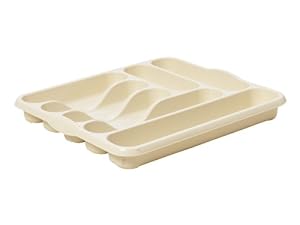I bought a 2" thick 1 meter length of beech waney edged timber with the view to making a cuterly tray. It was slightly bowed, so I used my router in a jig to flatten one side. I then set about routing out inserts for knives, forks etc, but to my dismay over the course of the day it bowed horribly; far more than the initial bow that I'd worked to remove.
 To compound matters it bowed in the sense so that had I not flattened the surface at the start of the day I would have been left in a better position. Is this a problem with working with solid waney edged timber? Or have I been unluckly with the specific block I managed to pick-up (poor seasoning perhaps)? I'd like to understand what went wrong. Any advice very much appreciated.
To compound matters it bowed in the sense so that had I not flattened the surface at the start of the day I would have been left in a better position. Is this a problem with working with solid waney edged timber? Or have I been unluckly with the specific block I managed to pick-up (poor seasoning perhaps)? I'd like to understand what went wrong. Any advice very much appreciated.









